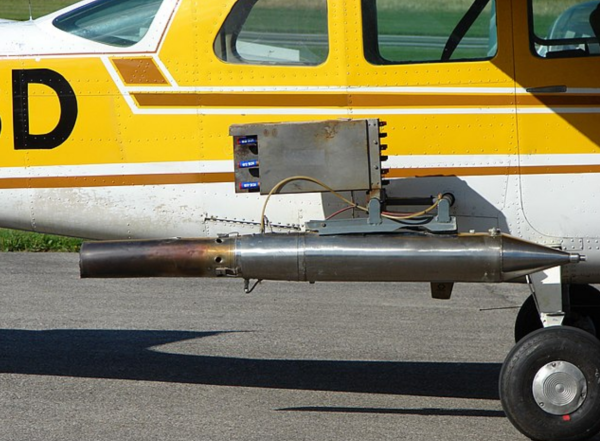Cloud seeding is a broad term, referring to the artificial manipulation of precipitation for a variety of purposes with a variety of methods. The efficiency of cloud seeding is a matter of ongoing discussion among meteorologists, with the sporadic nature of the weather making gathering conclusive results a struggle. However, it can be confirmed that cloud seeding does not have the effectiveness to consistently cause or boost rainfall in easily noticeable quantities and does not function as an instant rain button.
Its effects are fairly subtle, often to the point of not being statistically significant. That being said, the methods are backed by science and have been known to make measurable increases in precipitation. So, what are these methods? How effective are they? And what purposes can they serve?
The process of cloud seeding starts with supercooled liquid water. This generally happens in clouds at high altitude and describes water that is in a liquid state while below its freezing point. In order for the water to form a solid ice crystal, there must be an ice nucleus, so supercooled liquid water is very pure.

Naturally occurring nuclei are often some kind of dust or dirt particles that are found in the atmosphere, but sometimes we want to artificially introduce them to cause crystal formation. The ice crystals gain mass and begin to fall, and water condenses on the crystals to form drops of rain, snow, or hail, depending on conditions.
Of course, to perform cloud seeding, there must be a way to introduce these nuclei forming substances into the cold areas of the cloud. In 1946, Vincent Schaefer used six pounds of dry ice dumped from a plane to successfully cause snowfall in western Massachusetts. At almost the same time, Schaefer’s colleague Bernard Vonnegut developed a somewhat similar method using silver iodide, which also involved scattering the material at high altitude.
The silver iodide method is considered the more effective option today because it is significantly easier to distribute in a cloud compared to dry ice and remains airborne longer. Nowadays, silver iodide can even be introduced into clouds from the ground level through special emitters, although it is still more common to use flares and aircraft. Although this is not done frequently, it’s possible to fire anti-aircraft cannon shells or missiles loaded with the compound into the clouds.
The effectiveness of even the best methods of cloud seeding is debatable. This is especially true because after seeding a cloud, it can be difficult to tell if subsequent precipitation resulted from the experiment or would have happened regardless. Nevertheless, many studies have been conducted on the effectiveness of cloud seeding, with most of them pointing towards very small effects.
The older studies suggest that cloud seeding is incapable of making a statistically significant increase in precipitation. However, technology in this field is rapidly improving, and some new studies indicate a ten or even 15 percent increase in rainfall. This also means that cloud seeding may become much more effective at causing early precipitation, weakening storms before they reach populated areas.

The weakening of rain storms isn’t the only use for cloud seeding. By causing snowfall at high altitudes, water can be stored in the form of a snowpack. This will increase the water flow in creeks and rivers when it begins to melt, improving the irrigation of the surrounding land. It can also reduce the damage dealt by hail by causing the formation of smaller ice particles and therefore hailstones. It can even eliminate fog around areas such as airports by causing it to precipitate and decrease in volume, which will improve safety and prevent delays.
The technology for cloud seeding is improving constantly, with new uses being discovered along with new methods. While the effectiveness is debatable, the future potential is well recognized. The ability to cause significant changes in precipitation at will is a game changing possibility and a vision that inspires companies worldwide to continue developing the science of cloud seeding.




























